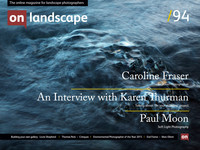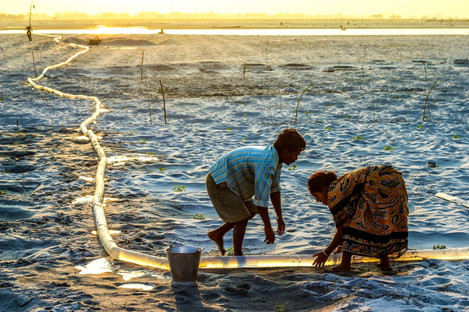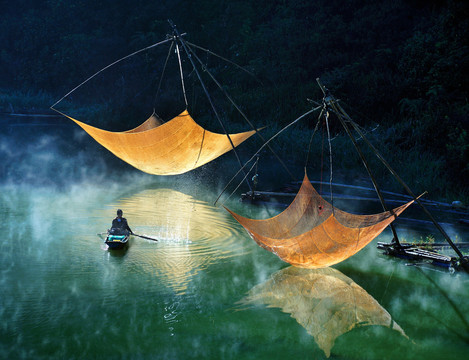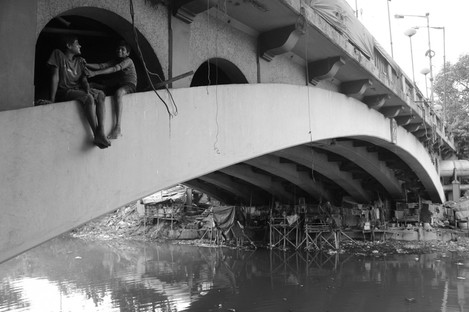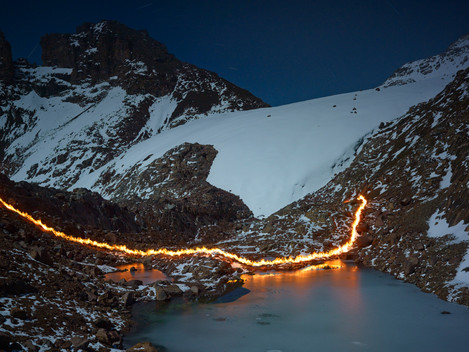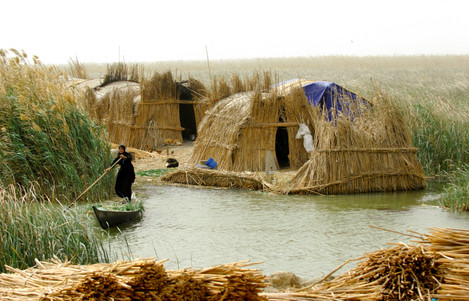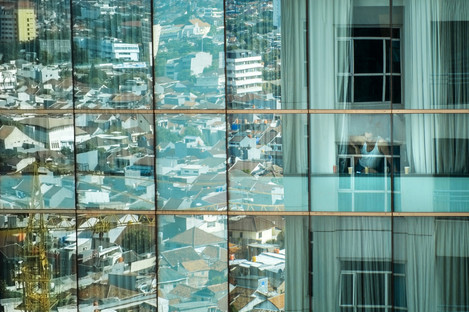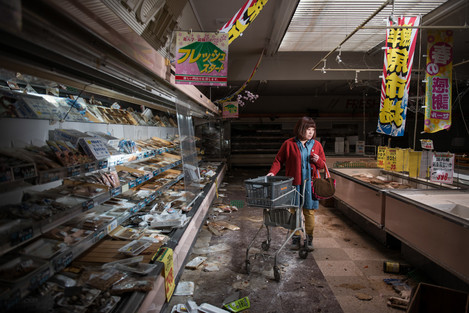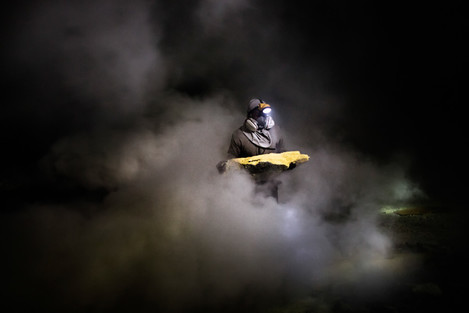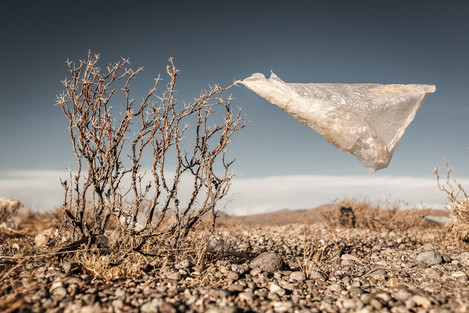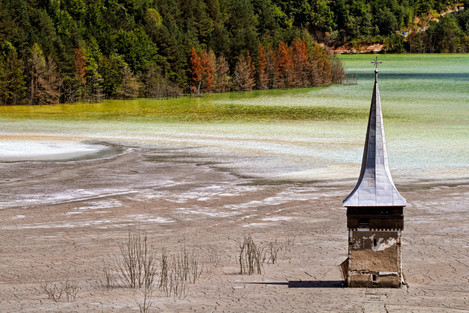Results and Exhibition Tour Announced

Tim Parkin
Amateur Photographer who plays with big cameras and film when in between digital photographs.
Following on from helping the Wildlife Photographer of the Year competition with their judging, I was also asked to help judge the Environmental Photographer of the Year (alongside the excellent photographer Stephen Vaughan). It may not have the profile of some larger competitions but because entry is free it attracts a great deal of entries from around the world. Over ten thousand images were submitted this year from across 60 countries and I was very surprised at the amount of great work submitted from surprising locations (such as Iran for instance). This year’s competition was no exception and although it was hard work selecting a range of pictures for the exhibition, I was very happy with the final choices.
There is an exhibition of the final one hundred pictures at the Royal Geographical Society in London from 22 June - 10 July 2015. The exhibition will then tour UK forest venues, supported by the Forestry Commission England, including Grizedale Forest visitor centre, Cumbria, 18 July-7 September.
The final winner of the competition was one of my personal favourites - the composition and beauty as well as the rare positive message added up to a worthy winner. We’ve included a few more of my favourite images here but if you can definitely get to the exhibition either while it’s in London on its travels.
- Kamati’s winning photo depicts a husband and wife watering watermelon saplings on the Teesta river bed, in West Bengal, India. Kamati is an amateur photographer and filmmaker from India, who captures the work of humanitarian projects, transforming these endeavours into candid, touching scenes. Uttam Kamati
- Fishing net checking. Hoang Long Ly
- Dipayan works in Kolkata, India, and has been a photographer for four years, slowly building up recognition in his own country and abroad for his intimate images of daily life in the developing world. Bhar Dipayan
- 1987 Climate change and the melting of the Lewis Glacier on Mount Kenya.The flame line shows the Lewis Glacier’s location in 1987.The glacier has since receded about 120m. The pond is called the Curling Pond. In 1987 it’s surface was 15m higher than presently and the back wall of the pond was a tall wall of ice – the glacier’s snout.The rounded peak is Point Thomson. Simon Norfolk
- The marshes were drained by Saddam Hussein, forcing their inhabitants to flee to neighbouring countries. They were not only home to the Marsh Arabs but also to a huge variety of birds and wildlife. After Saddam’s downfall local people smashed part of the dam walls and the water once again covered the dry land; many of the Marsh Arabs have now returned to live in a traditional way on the water. Esme Allen
- The image shows a man enjoying the view of Jakarta from his hotel room. Michael Theodoric
- Retrace our steps. Carlos Ayesta and Guillaume Bression
- Alpan, 27, a sulfur miner for ten years now, looks for sulfur slabs under the toxic fumes.Inside the womb of the Ijen Kawah volcano, in Eastern Java, Indonesia, the miners go deep in search of the Devil’s gold, as sulfur has always been known. Luca Catalano Gonzaga
- Plastic tree #20. Plastic bags are part of the landscape in the Bolivian Altiplano. The accumulation of plastic bags on the environment cause deterioration of the landscapes and agriculture soils and it is associated to the death of domestic and wild animals. The world consumes 1 million every minute. Eduardo Leal
- Geamana in the Carpathian Mountains in Romania – an abandoned village in what is now a toxic tailings pond from a nearby copper mine. Glyn Thomas

